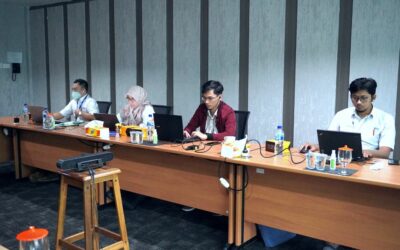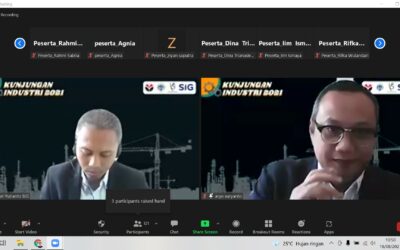Heavy Metal
– Allergen
– Amino Acids
– Antibiotics
– Antioxidants
– Contaminants
– Dioxins & PCBs
– Fatty Acid
– Fiber
– Food Colorants
– Food Preservatives
– GMO & Molecular Biology
– Heavy Metal
– Microbiology
– Mineral & Other Elements
– Mycotoxins
– Organic Acids
– Pesticides Residues
– Proximate Analysis
– Shelf Life Test
– Solvent Residues
– Sugar & Sweeteners
– Vitamins
Heavy metals are one of the contaminants which are highly toxic or damaging to the environment, while certain others are toxic only if taken in excess or encountered in certain forms. Heavy metals in food or feed may have originated from environmental contamination, contact with metal equipment, or impurities from the raw materials used.
Heavy metals can bind with vital cellular components, such as structural protein, enzyme, and nucleic acid, which can affect the function of the cellular components either positively or negatively depending on the levels. Heavy metals can accumulate in organisms, plants, and animals (including humans), through inhalation, diets, and direct contact.
How SIG can help
SIG laboratory performs heavy metals and metalloids analyses on a wide variety of matrices.
The types of heavy metals that can be tested in the SIG laboratory are:
Heavy Metals
| ● Arsenic (As) | ● Mercury (Hg) |
| ● Inorganic Arsenic | ● Tin (Sn) |
| ● Cadmium (Cd) | ● Lead (Pb) |
Speciation of Arsen
| ● Arsen Val. 3 | ● Arsen Val. 5 |
| ● Dimethyl arsenic | ● As bethaine |
Methods of Analysis

ICP-OES and ICP-MS techniques are the most frequently in use, along with classical atomic absorption spectroscopy (AAS) with Hydride Vapor Generator (HVG). Furthermore, we also used LC-ICP-MS for metal speciation analysis.
Library of Knowledge
Remote Audit of GMP+ International for Registered Laboratory
GMP+ International audit activities for registered laboratory has been successfully performed. Thus, SIG's big ambition in actualizing a better place to live #towardsasaferworld becomes even more real. This activity aims for SIG to support the testing needs of...
Detection of Primary Aromatic Amines As Aniline
It is known that food coloring is an additive commonly used to improve the appearance of food or drinks, but during the manufacturing process there is an azo coupling reaction which has the potential to produce residues of aromatic amine compounds such as aniline and...
Kunjungan Industri Universitas Pendidikan Indonesia
Rabu 18 Agustus 2021 Suatu kehormatan bagi SIG dapat menjadi tamu pada kegiatan Kunjungan Industri (KI) Online Universitas Pendidikan Indonesia (UPI) Bandung.Kegiatan industrial visit ini merupakan sebuah kegiatan observasi langsung yang diharapkan dapat menjadi wadah...
SIG Laboratory
Graha SIG, Jl Rasamala No. 20, Taman Yasmin, Bogor, Jawa Barat 16113.
Phone. +62 251 7532 348
WhatsApp. +62 82 111 516 516
Email. marketing-sig@saraswanti.com
SIG Jakarta
Jl. Percetakan Negara No. 52 B RT 006 / RW 001, Rawasari, Cempaka Putih, Jakarta Pusat 10570.
Phone. +62 21 2147 9292
SIG Surabaya
AMG Tower, 12th Floor, Jl. Dukuh Menanggal 1-A, Gayungan, Surabaya, Jawa Timur, 60234.
Phone. +62 31 8253 1288
WhatsApp. +62 818 885 165
Email. marketing@sigsurabaya.com
SIG Semarang
Jl. Kanfer Raya Blok R No. 4 Pedalangan, Kec. Banyumanik, Kota Semarang, Jawa Tengah 50268.
Phone. +62 24 7004 0541
WhatsApp. +62 812 9000 5165
Email. cs.sigsmg@saraswanti.com
SIG Medan
Jl. Bunga Asoka, Ruko Komp. Asoka Raya Residance No. 1, Medan Selayang, Sumatera Utara 20133,
WhatsApp. +62 822 7207 9665
Email. salesmedan.sig@saraswanti.com
SIG Yogyakarta
WhatsApp. +62 896 4856 9422
Email. arifin.sig@saraswanti.com
SIG Makassar
WhatsApp. +62 853 3843 9816
Email. anwar@sigsurabaya.com
Operational Hours
Monday to Friday
08.00 - 17.00 WIB.


FOLLOW US



